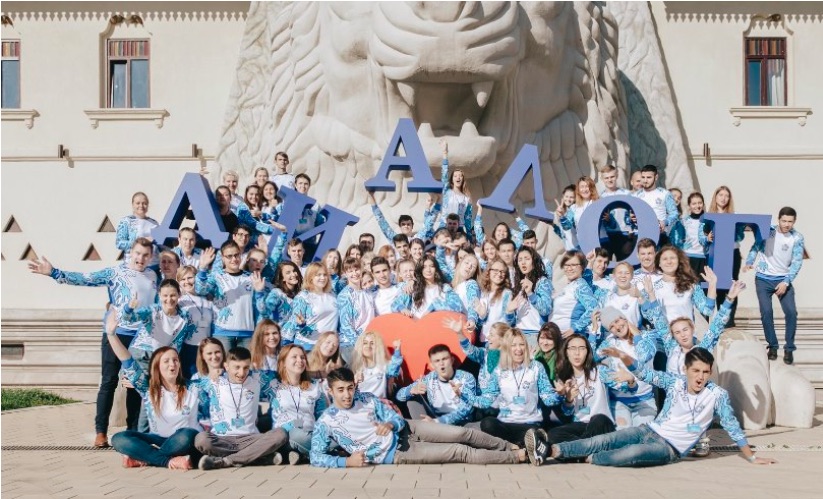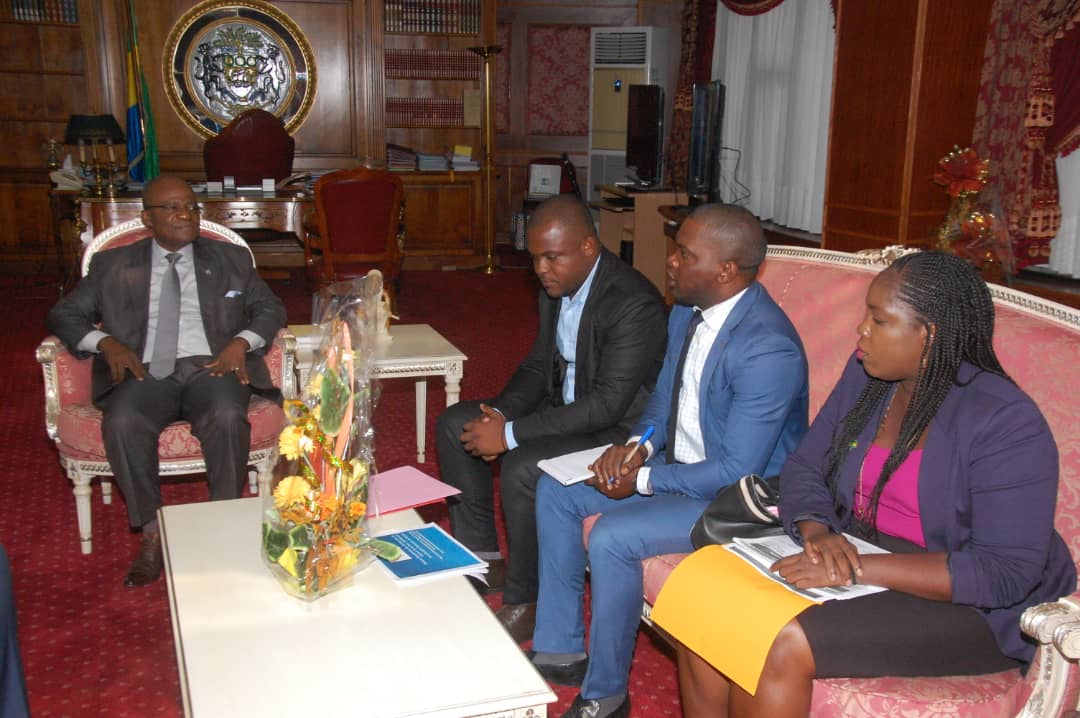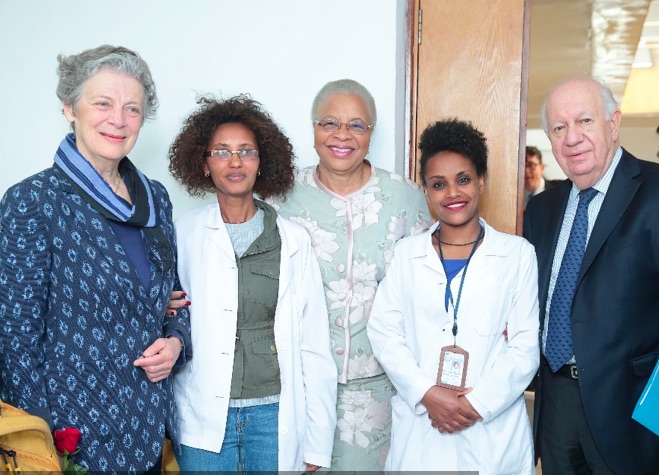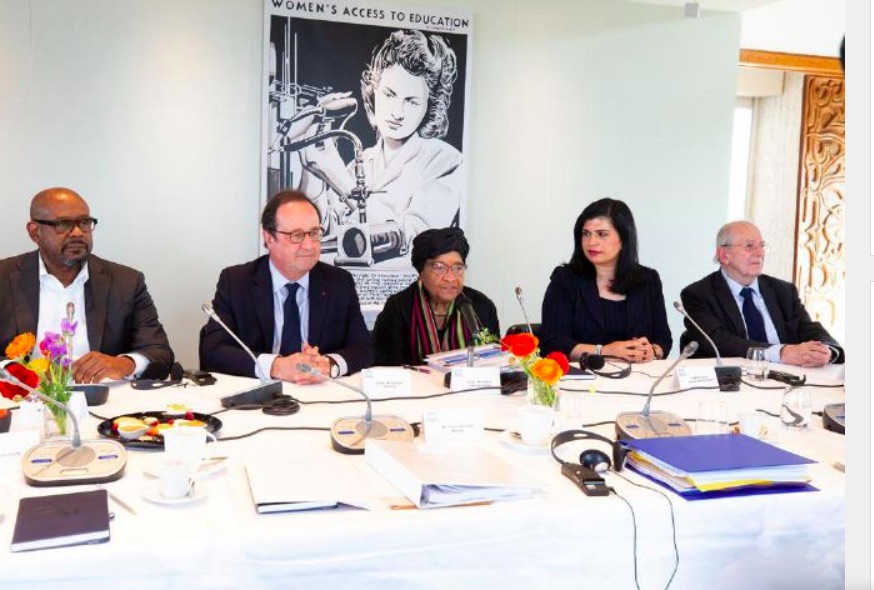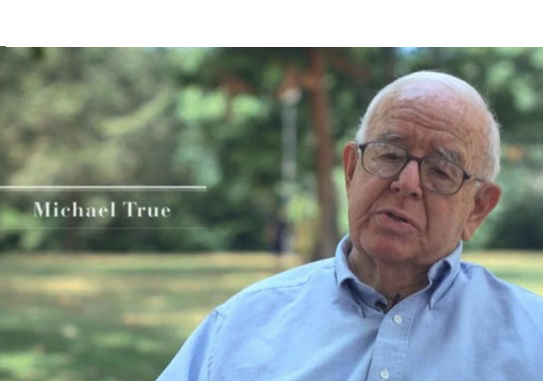FREE FLOW OF INFORMATION
A press release from pr.com
The Permanent Secretariat of the World Summit of Nobel Peace Laureates, together with the Government of the State of Yucatán, are pleased to announce the title and further details of the next Nobel Peace Summit that will be hosted in Mérida, México.
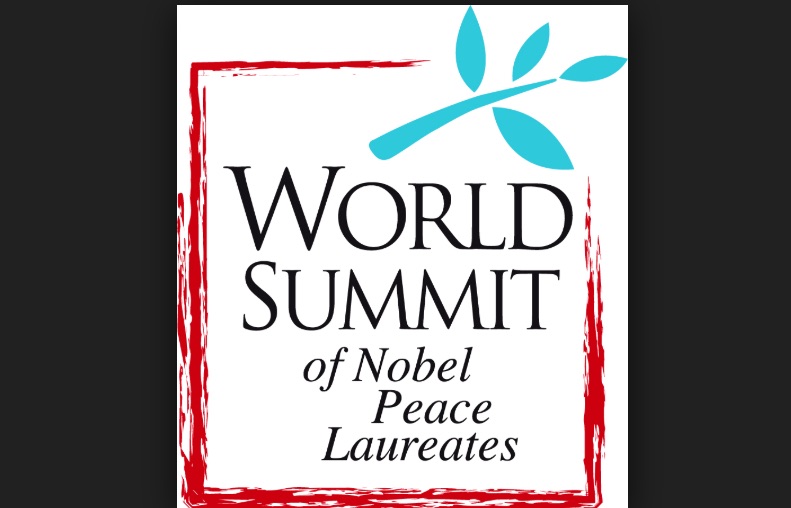
The 17th World Summit of Nobel Peace Laureates will be held in the city of Mérida, Yucatan throughout the dates of September 19-22, 2019. Today [May 11], 21 Nobel Peace Laureates and Prize awarded organizations have already confirmed their attendance.
Some of the Nobel Peace Laureates who have confirmed their attendance to the event include former presidents: Juan Manuel Santos, of Colombia; Lech Walesa, of Poland; Frederik de Klerk, of South Africa; José Ramos-Horta, of Timor Leste. Also confirmed are Lord David Trimble; Northern Ireland’s former First Minister; Kailash Satyarthi, Indian children’s rights activist who has freed 85,000 children slaves; Shirin Ebadi, first woman jurist in Iran; Tawakkol Karman, Yemeni human rights activist and founder of Women Journalists Without Chains, Jody Williams, American political activist known for her work in banning anti-personnel landmines; Leymah Gbowee, Liberian peace activist who helped to end a civil war, Betty Williams, who launched a peace movement in Northern Ireland, and Rigoberta Menchu Tum from Guatemala known for dedicating her life to promoting indigenous rights in the country.
Among the Prize awarded organizations that have confirmed their attendance include 12 representatives of the following Institutions: American Friends Service Committee, Tunisian National Dialogue Quartet, International Peace Bureau, Pugwash Conferences on Science and World Affairs, Albert Schweizer Institute, International Campaign to Ban Landmines, Amnesty International, Institute of International Law, Kim Dae-Jung Presidential Library and Museum.
The title of the 17th World Summit of Nobel Peace Laureates is also being revealed today as “Leave your mark for Peace.” This year the program will focus on both the Mexican legacy and the nation’s involvement in the global peacebuilding process. The program will engage civil society and youth from throughout the world by providing them the tools and strategies needed to achieve peace at the local and global levels.
The “Leading by Example” program is the official youth education initiative of the World Summit. This year, the program will present a new concept, titled, “Youth Peace Labs.” The aim is to promote opportunities for self-expression and collaboration among the university students and young professionals in attendance to build a culture of peace on their campuses and within their local communities.
(Article continued in the column on the right)
(Click here for a Spanish version of this subject)
Questions related to this article:
Where in the world can we find good leadership today?
(Article continued from the column on the left)
Ekaterina Zagladina, President of the Permanent Secretariat of the World Summit said: “We are delighted to celebrate the 20th anniversary of the World Summit since it was first held in the city of Rome in 1999, here in the peaceful and historic City of Merida, nest of the ancient Maya Civilization. Our aim, together with the State of Yucatan, is to provide a dynamic platform for the Nobel Peace Laureates and for the Summit’s mission. We trust that their collective wisdom will continue to inspire all attending delegates, students, and guests who attend this event annually by joining us in different cities of the world. This year we have tailored a series of events and activities that align with the Mexican legacy and its involvement in peace building. Like recent years, we will focus on the most important global issues facing humanity today, looking for new tools, energy, inspiration, and methodologies to help overcome these challenges for the benefit of world peace.”
Minister of Tourism of Yucatán, Michelle Fridman Hirsch, shared that the state of Yucatan is honored and very thankful for the distinction of becoming the host for one of the world’s most important and recognizable events, the 17th World Summit of Nobel Peace Laureates: “We are excited and delighted that our state will be on the spotlight of the eyes of the world. Yucatán is equipped with the proper infrastructure to host this important event. We attract people from all over the world with our cultural warmth and colorful charm; our history is unique, we have amazing architecture and breathtaking natural views, Mayan ruins and underground rivers. But most of all we are proud of the worldwide recognition to be a city of peace. With the support of the Secretariat, we created for this Summit in Mérida a special slogan: ‘Leave your Mark for Peace.’ We invite everyone to be a contributor to the world peacebuilding process.”
For his part, Mauricio Vila Dosal, governor of Yucatan, closed his participation with a positive message about the vision of this Summit in Mexico, “We want to show the world that we are a dynamic state, willing to pioneer and featuring the necessary infrastructure to host an event this large. Our goal is that this Summit not only is present during September, but also leaves a true legacy of peace in Yucatan and all Mexico.”
Mérida, Yucatan. The host city, better known as the white city and center of the Mayan Culture in Mexico, has been considered a great example in the promotion of cultural appreciation and the participation of society for granting peace and harmony.
World Summit of Nobel Peace Laureates. The Summit is one of the most relevant and renowned events related to the construction of peace and the search for tools to end warfare, foster disarmament, and promote world reconciliation. It is a meeting point for social, enterprise, and political leaders, as well as all members of civil society who want to be involved in the peacebuilding process. Over the years, the World Summits of Nobel Peace Laureates have been honored with the participation of numerous Nobel Peace Laureates and Nobel Peace Organizations, including: President Mikhail Gorbachev, His Holiness the Dalai Lama, President Shimon Peres, President Lech Walesa, President Jimmy Carter, President José Ramos-Horta, Dr. Shirin Ebadi, Lord David Trimble, Professor John Hume, President Kim Dae Yung, President Juan Manuel Santos and other globally recognized leaders. Previous host landmark cities included Rome, Paris, Berlin, Hiroshima, Warsaw, Chicago, Bogotá and Barcelona. During the last Summit that took place in Bogotá in February 2017, 28 Nobel Peace Laureates joined Colombia’s call, gathering 18,358 attendees during 4 days of the event, more than 40,000 people connected via streaming; around 800 youth from more than 50 countries participated in the Leading by Example program.
#NobelYucatan2019
#LeaveYourMarkForPeace
For media inquiries and accreditation please feel free to contact United States and Canada Yucatan Representative: Carlos Lopez / carlos@enroutecommunications.com
The Permanent Secretariat of the Summit: Communication Office Lead / Anastasia Mityagina / a.mityagina@nobelpeacesummit.com

